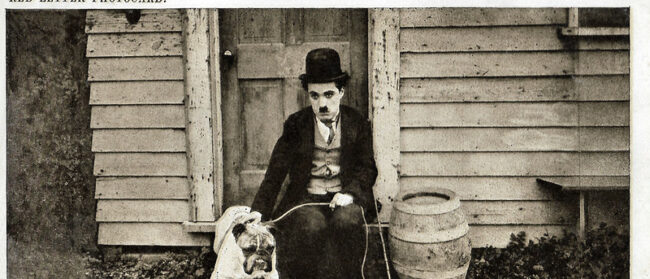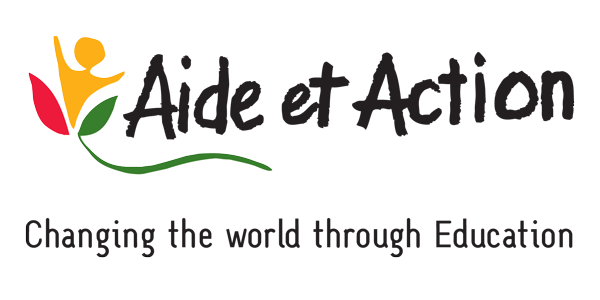
[Photos] The Cambodian communities living under water
Recent weeks have seen some of the worst flooding in Cambodia for decades, leaving communities across the Kingdom submerged. What has resulted has been death and injury, displaced households, and major interruptions to the education of young students
![[Photos] The Cambodian communities living under water](https://southeastasiaglobe.com/wp-content/uploads/2020/11/4c069bf6.jpg)
Even standing calf deep in murky water in his school’s flooded yard, fish nipping past his ankles, Angk Snoul Primary School principal Chea Soung attested that the flood waters which had forced them to close in early October had now receded a lot.
“The children and the teachers had to stay home as it was very dangerous to move inside the community,” he said, adding that nearby roads were also destroyed.
Every year the school, located in Phnom Penh’s neighbouring Kandal province, experiences floods that last three to four days. But this year, according to Chea, the higher-than-usual floodwaters lasted a month.
During Cambodia’s Water Festival holidays last week, the principal and teaching staff continued their efforts to pump out water and get their school back to some semblance of normality. According to Chea, the recent floods have destroyed approximately 10% of the school’s books and the classrooms and school’s facilities are damaged.
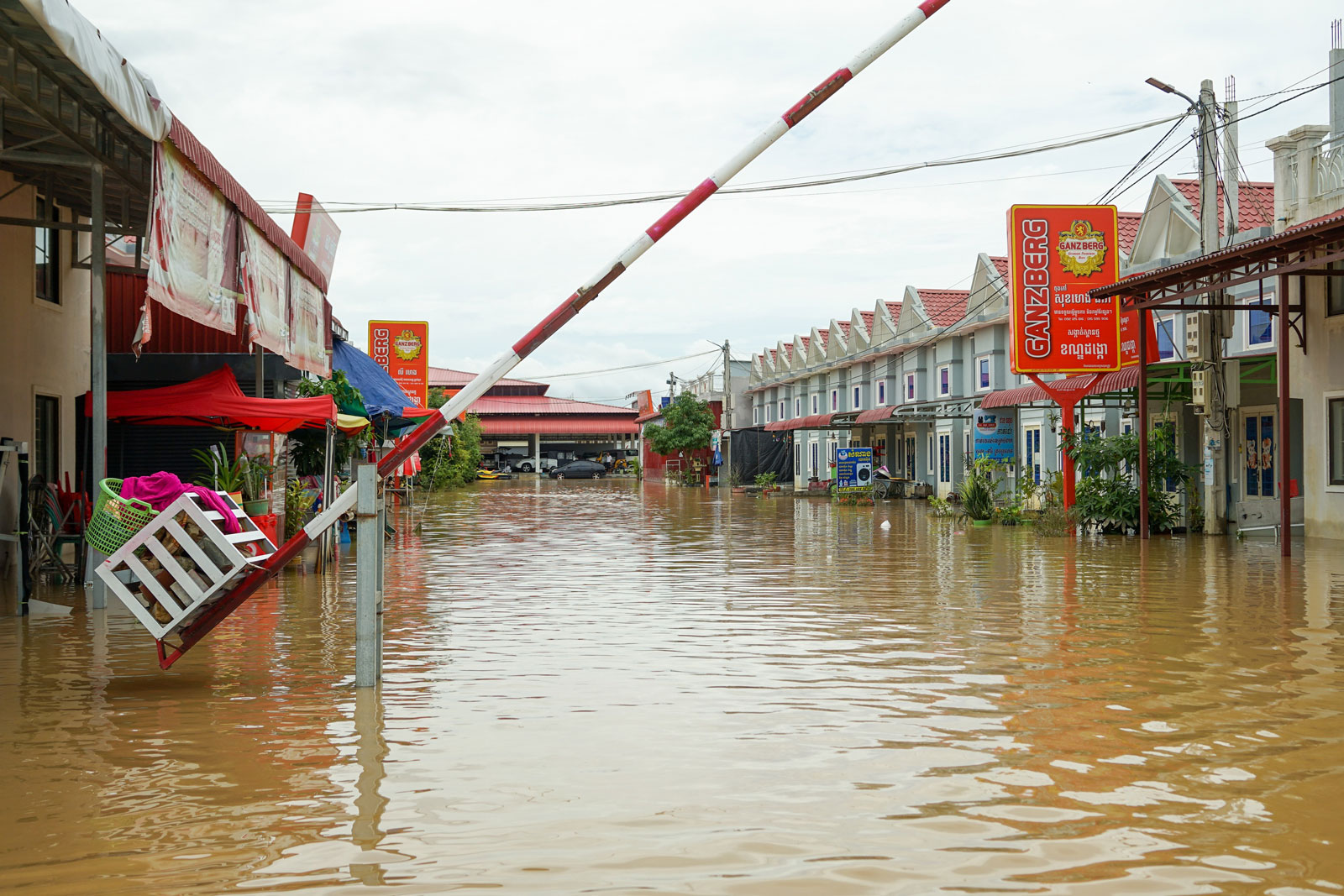
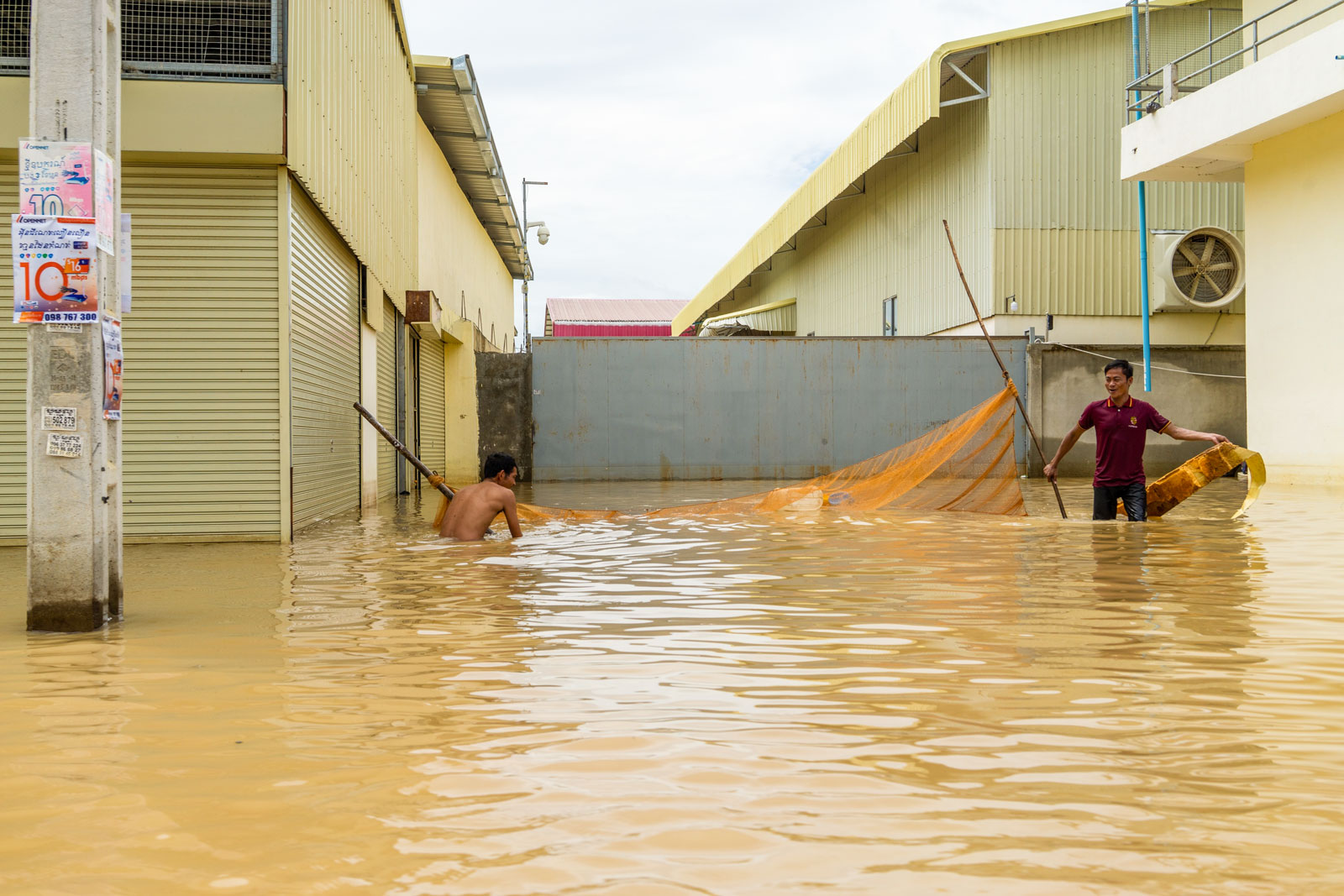
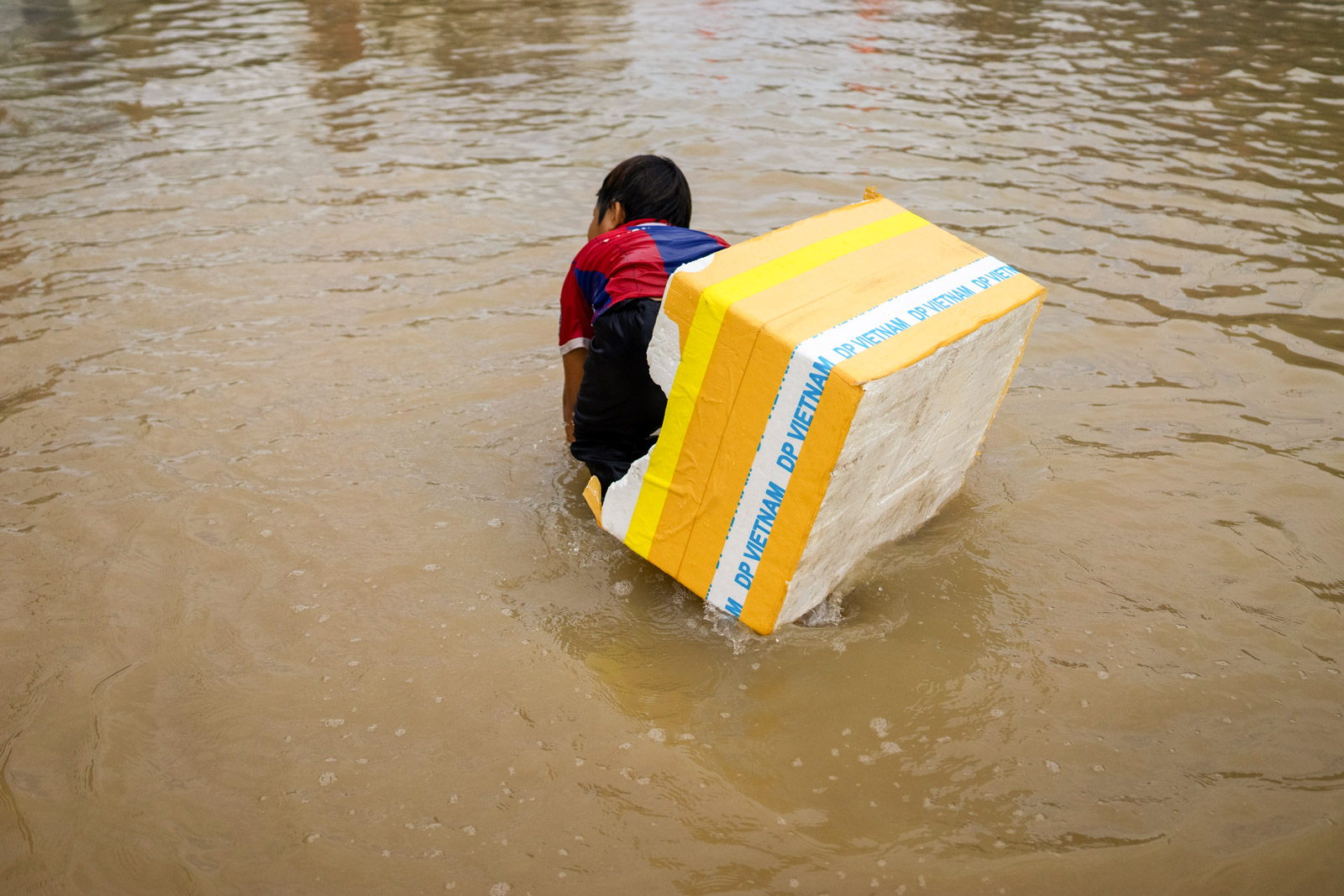
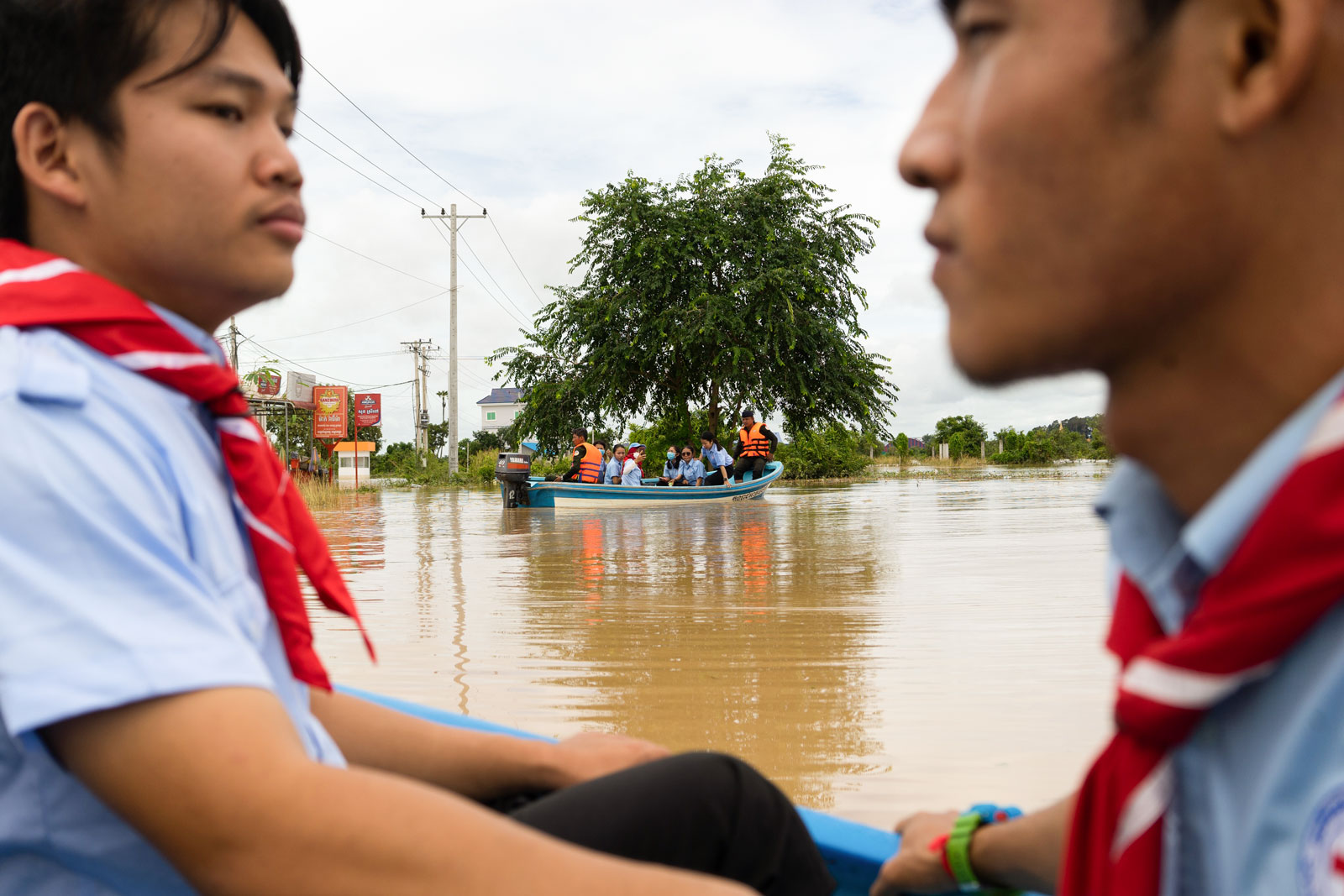
The holes are now full of water, I’m so afraid that my kids will play in them and drown. Staying at home is dangerous right now
Since early October, deadly downpours have wreaked havoc across Southeast Asia, with reports stating that more Cambodians, Laotians and Vietnamese have died this year as a result of flooding than as a result of the coronavirus pandemic. Cambodia has been hit by its worst flooding for two decades, and as of 26 October there were 38 deaths and 14,299 displaced households across 19 of 25 provinces, according to a report from the Humanitarian Response Forum. The report also stated that 686 schools nationwide have been impacted by flooding, with rising water levels further interrupting education for children who have already had their learning put on hold since schools closed in March due to the pandemic.
For many environmental and human rights organisations, this year’s destructive flooding in Cambodia comes as no surprise. A report published by a collection of CSOs in July, surveying 469 families living in or using Phnom Penh’s wetlands area and rivers, estimated that more than a million people were facing a risk of increased flooding as the ongoing filling in of lakes and wetlands alters the capital’s landscape beyond recognition.
From Kandal to Banteay Meanchey provinces, displaced residents are also concerned about the role development is playing in increased flooding in their communities. In Poipet city, where floods had displaced 700 households as of 20 October, affected residents believe that wealthier neighbours had raised their land and left the poorest in the community up the proverbial creek without a paddle.
Mother of four Sophoan* says not only has development and construction in her community led to her home flooding more than before, but has also carved out large holes along the road and land surrounding her house.
“The holes are now full of water, I’m so afraid that my kids will play in them and drown. Staying at home is dangerous right now,” she explained.
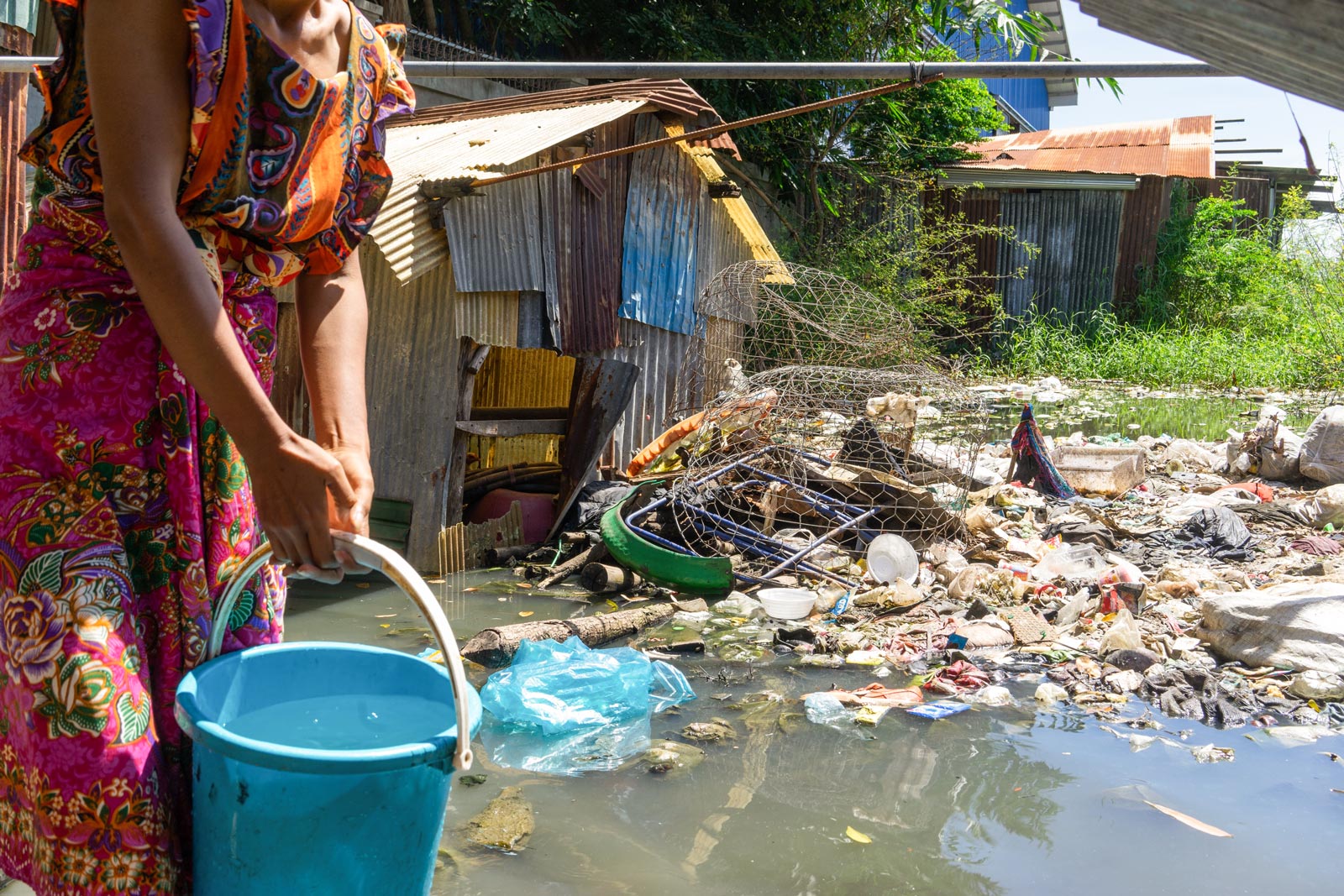
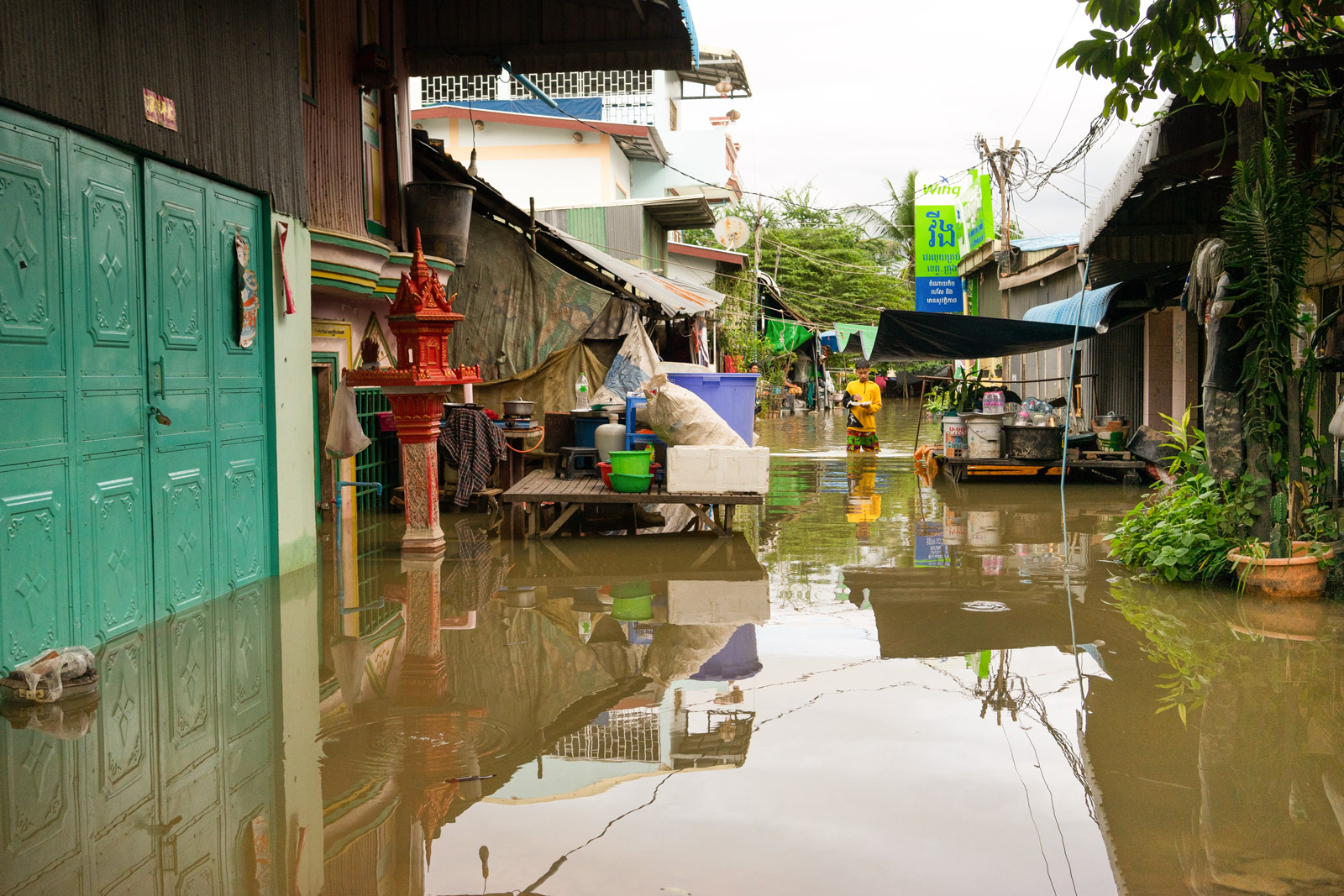
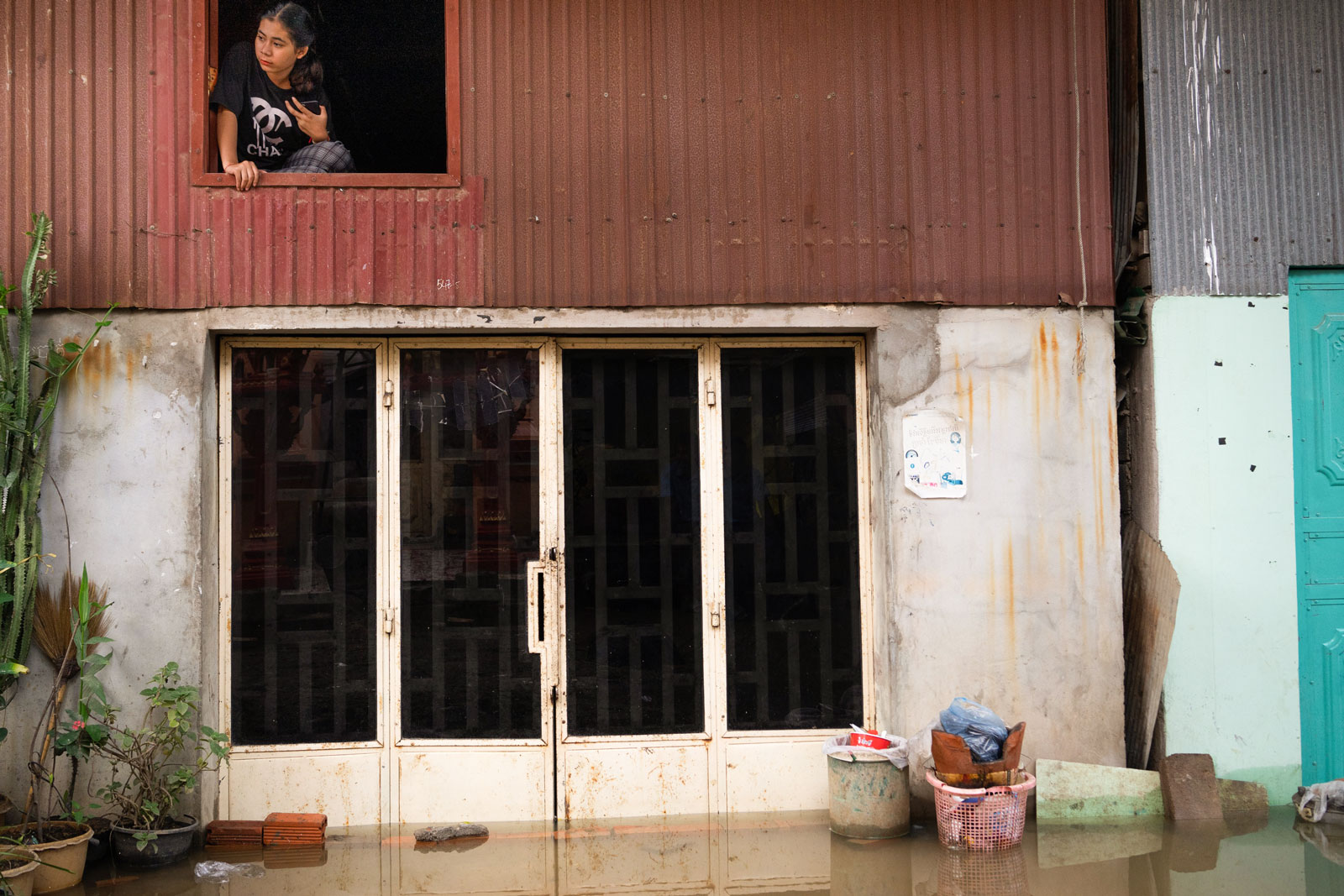
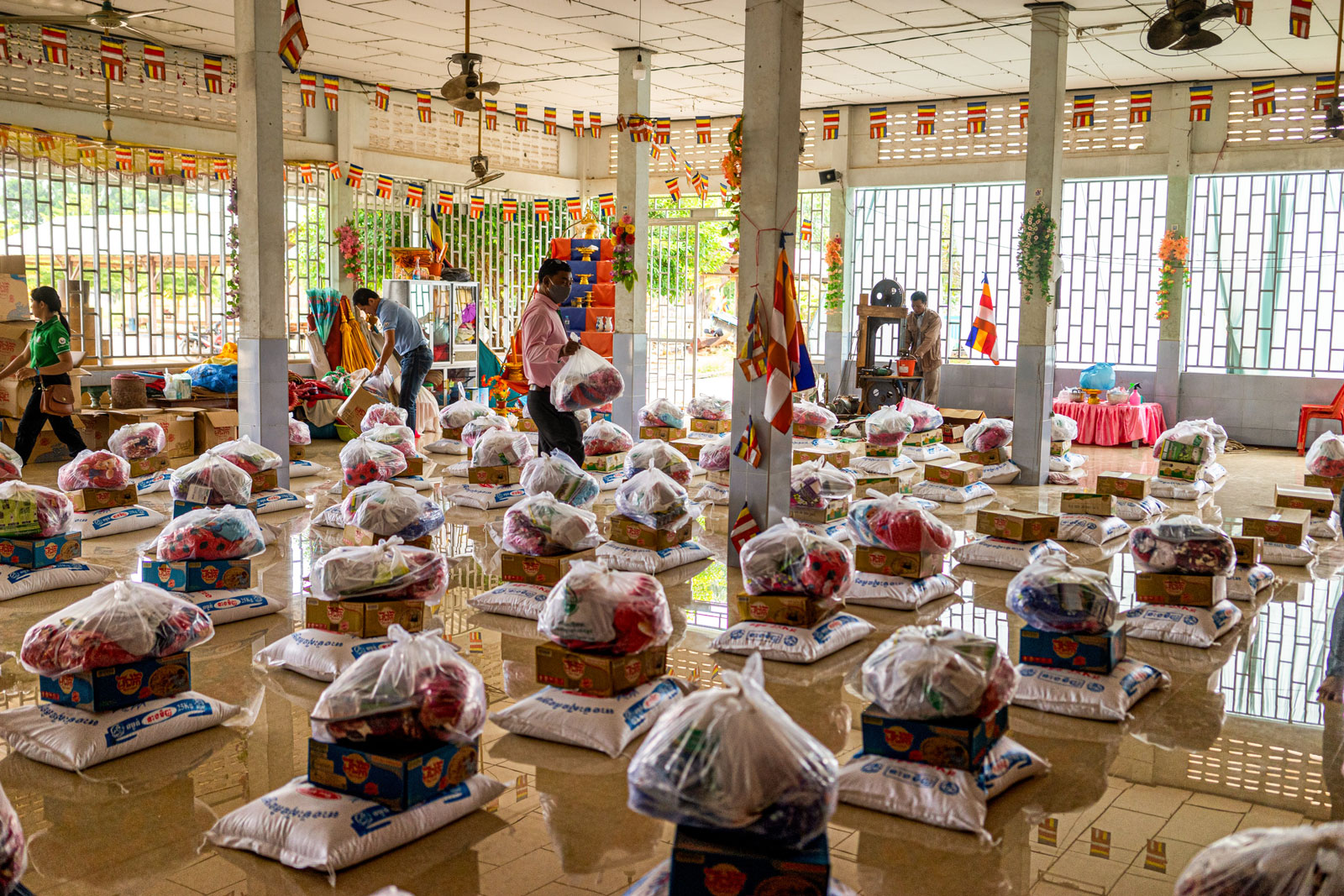
Aide et Action has set up a temporary learning centre for approximately 500 children living in emergency shelters in Poipet city’s railway station after being displaced from their homes by floods
Children staying at home is a cause for concern for many parents who fear their children’s safety during flooding and school closures. So high are the water levels that, according to a Humanitarian Response Forum report late last month, the National Committee for Disaster Management had provided 40 boats and 200 life jackets to four provinces (Pursat, Battambang, Pailin, and Banteay Meanchey), and 720 search and rescue teams had been trained to be deployed at the request of the provincial level.
Not only are incidents of drowning or accidents more likely during floods, but so too are the risks of being subject to vector-borne disease like diarrhoea, cholera, chikungunya and dengue. Animal bites from mosquitoes, flies, snakes, centipedes or leeches are also a greater risk.
In partnership with local NGO Damnok Toek, international nonprofit Aide et Action has set up a temporary learning centre for approximately 500 children living in emergency shelters in Poipet city’s railway station after being displaced from their homes by floods in recent weeks. The centre, a simple tent structure, offers the children a safe space to read books and colour-in pictures under the watchful eye of teachers and social workers, as well as offer parents temporary relief from worrying about their children’s whereabouts and safety.
For Kim Ly*, the floods in Banteay Meanchey have caused her many concerns and sleepless nights. When her home flooded in mid-October, she sent her elderly mother and teenage daughter to live at her sister’s house as she feared they may get sick if they stayed home.
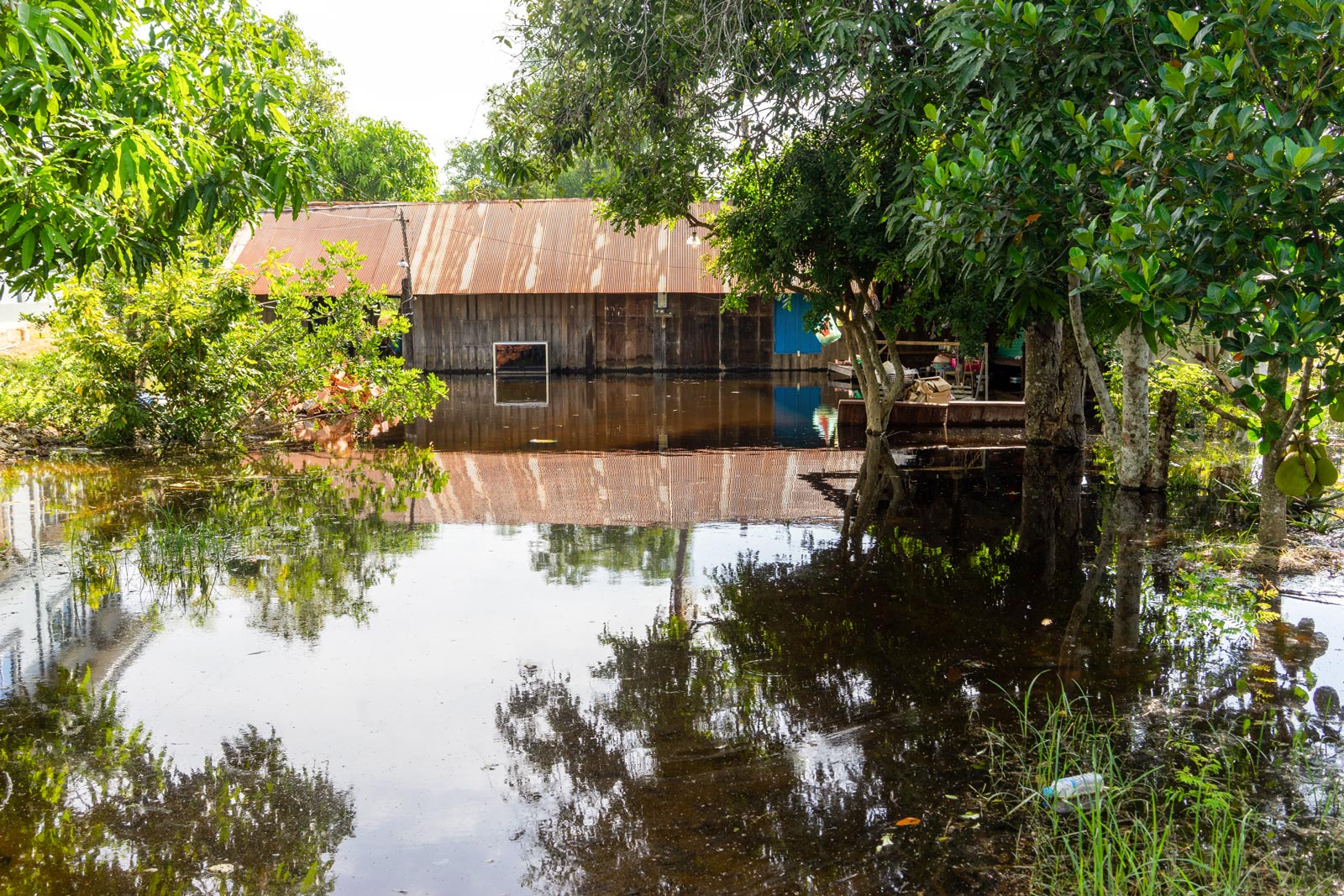
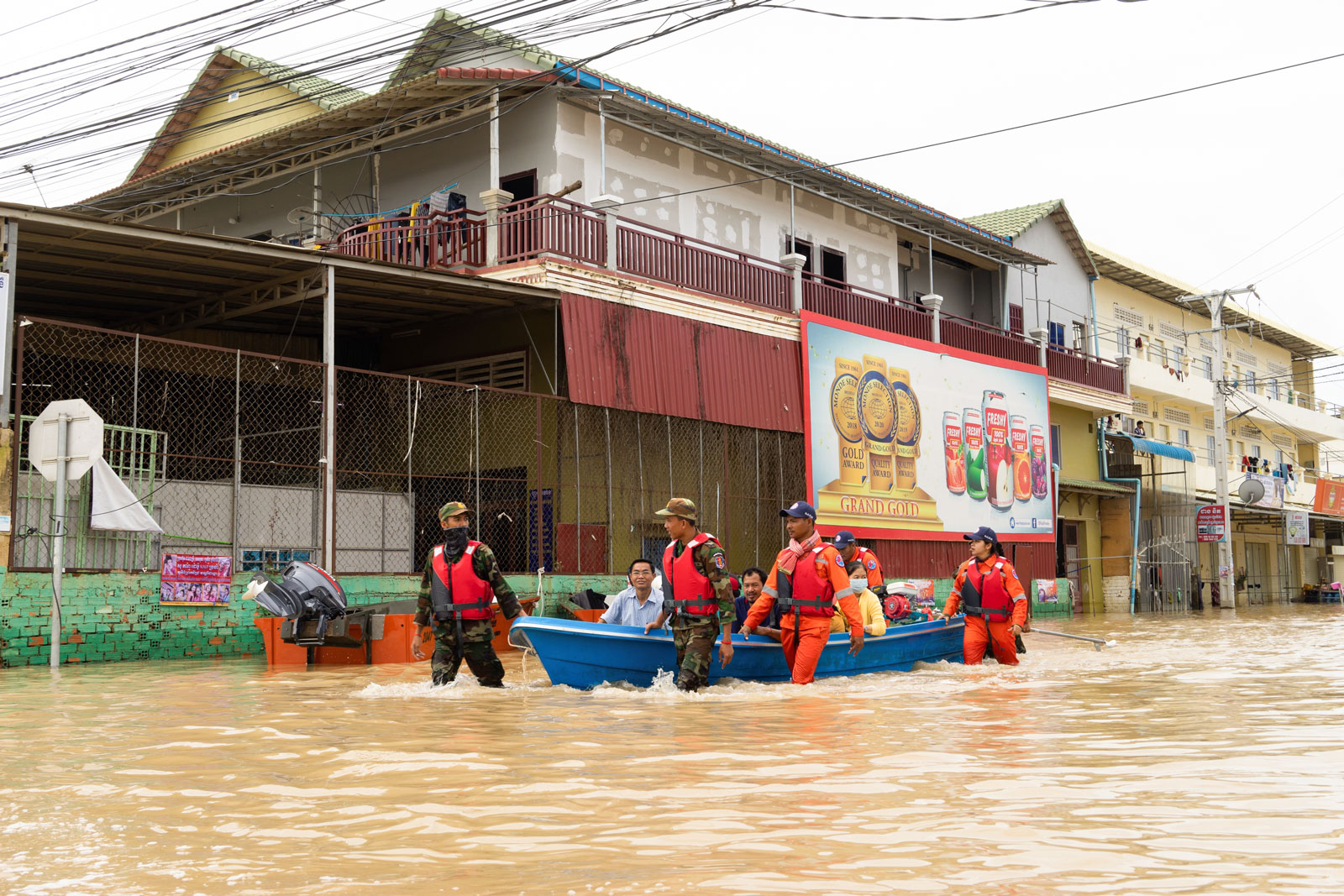
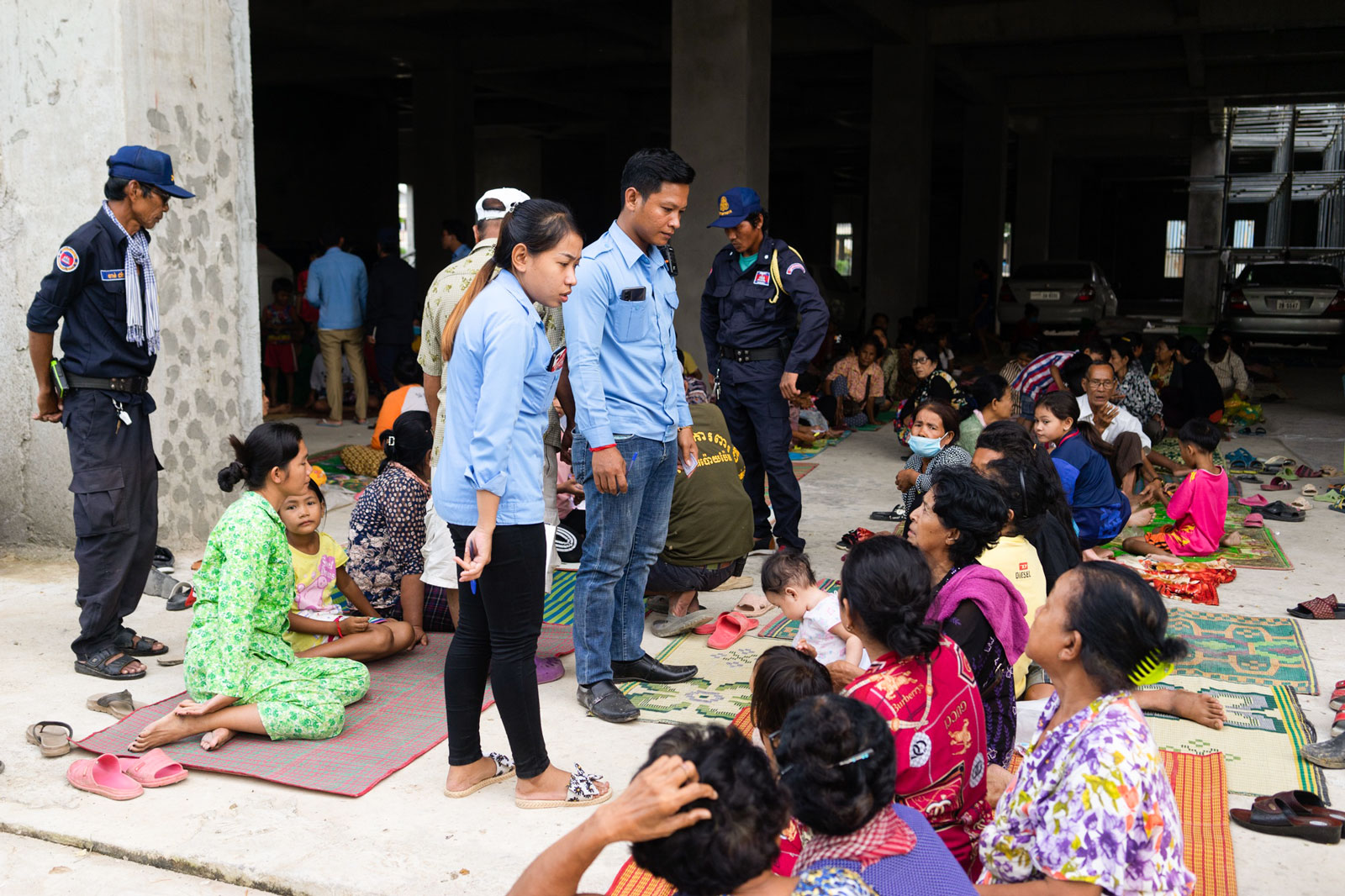
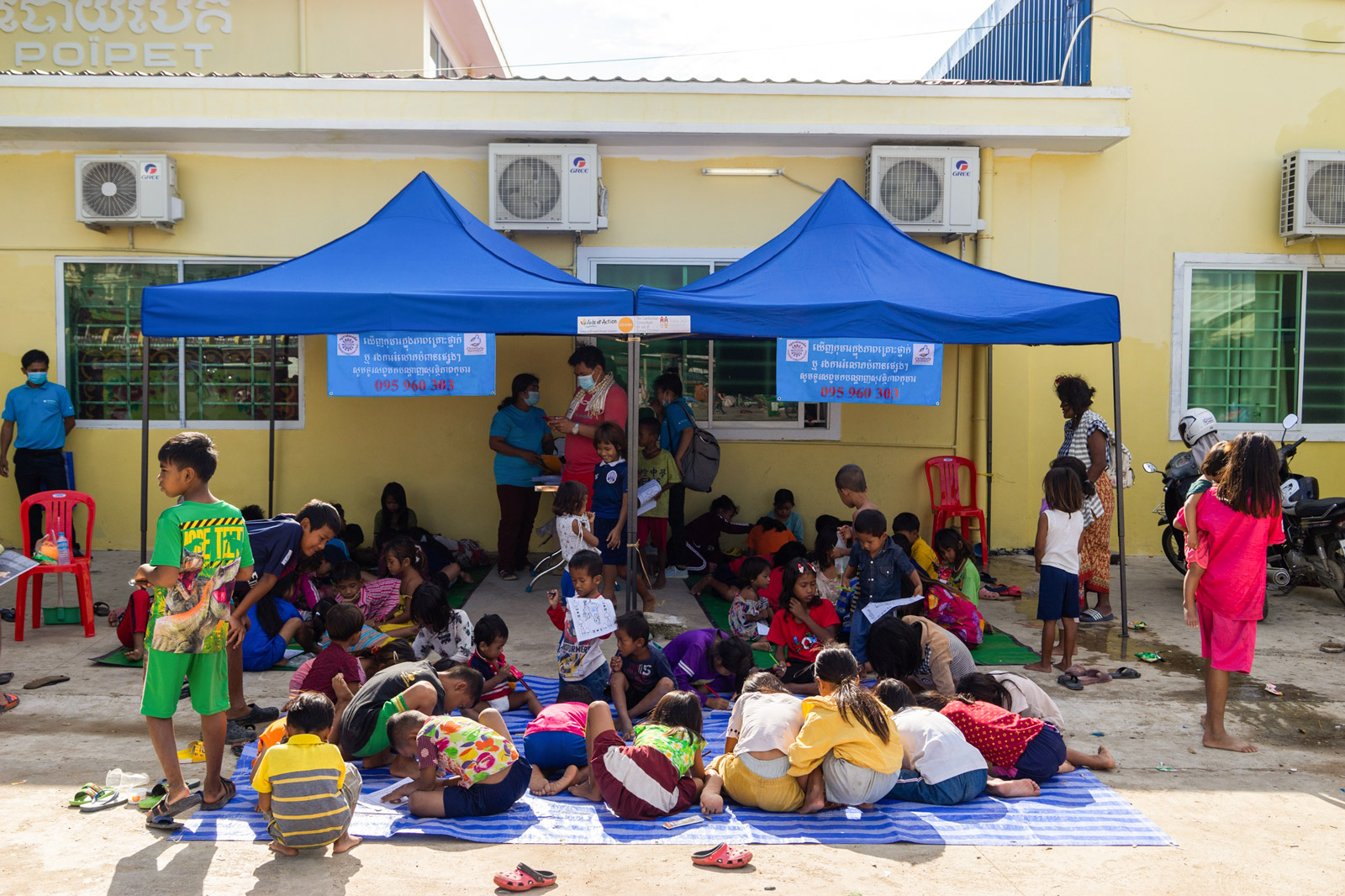
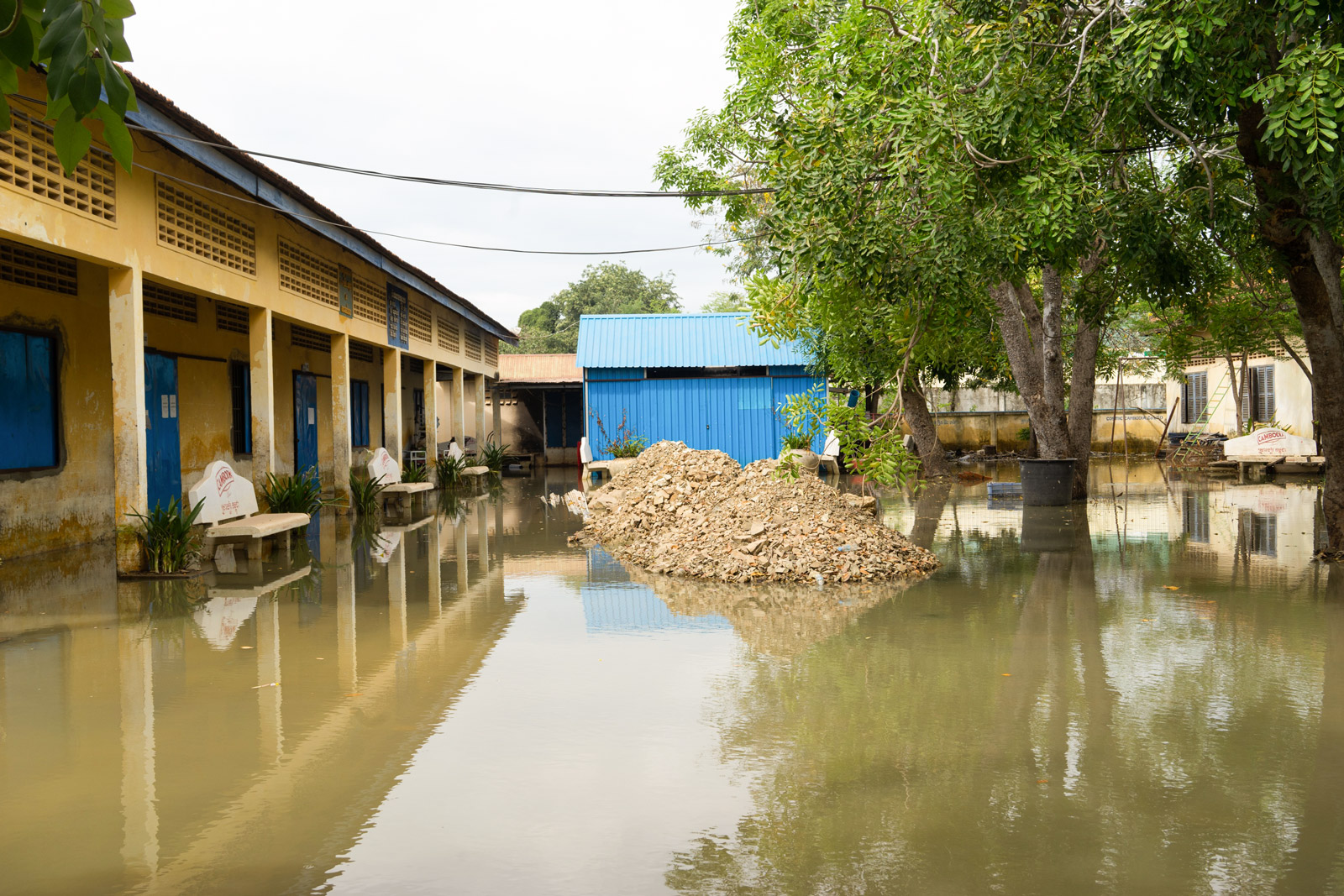
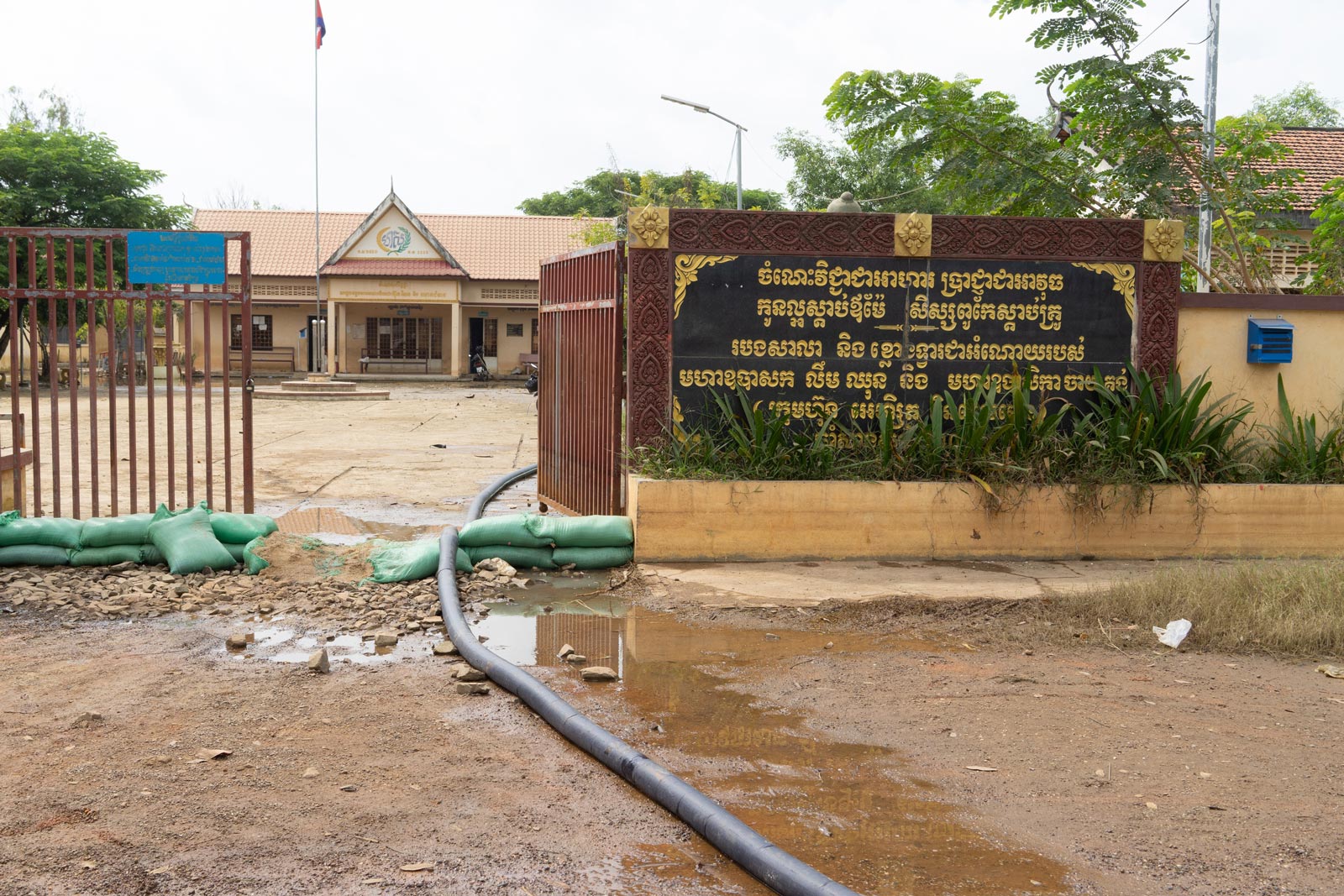
“When it flooded before, my eldest daughter fell ill, she couldn’t walk for a month afterwards and was very weak,” she explained, unsure what it was that hindered her daughter but fearful it was related to mosquitoes.
Her second eldest daughter is reporting problems of wounds on her feet due to the level of water in their home. As the land behind her house continues to be submerged, Kim Ly is also fearful of snakes, which she says have come before; a trip to the hospital or even the pharmacy is one she can’t afford.
Aide et Action is currently supporting 2,000 households across seven provinces with emergency kits equipped with items such as medication, mosquito nets, food, hygiene supplies, blankets, as well as books, pencils and toys for children. While these kits are a short-term response, items such as books and pencils help avoid long interruptions to learning for vulnerable children.
As Cambodia’s floods threaten to exacerbate existing educational, economic and health inequities, Kim Ly and Sophoan say there is one small silver lining – they’ve replenished their household water supply with much-needed rainwater for cooking and cleaning.
However, the toll of the floods will far outweigh their savings in water – maybe even costing some children an education in the long-run. Vocational skills teacher Chom Srey Tout says that she hasn’t seen her students return to their sewing class since March.
“The school only reopened two weeks ago after Covid-19 restrictions, but so far none of my students have returned,” she said, unsure whether it’s because of their economic situation, the floods or a combination of both.
“I hope they come back soon, I miss them.”
This article has been written by Aide et Action as a part of a partnership with Southeast Asia Globe to highlight the need for equal access to education in the region. Find out more here.

